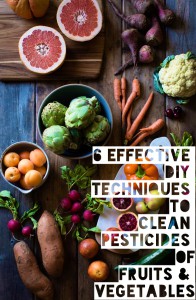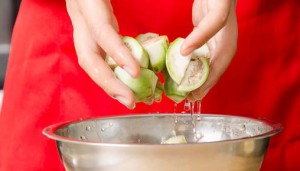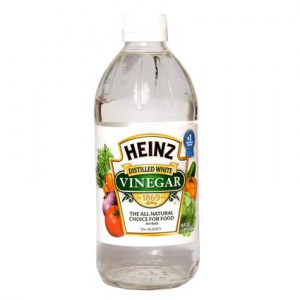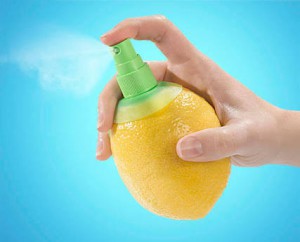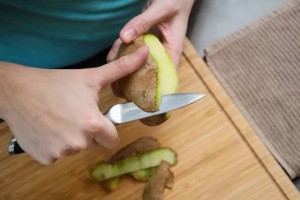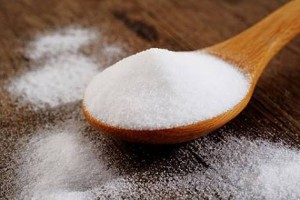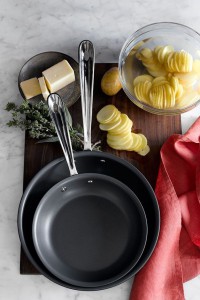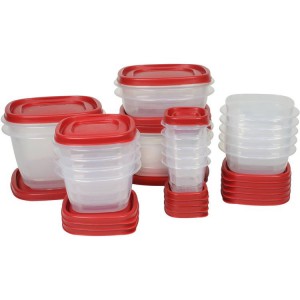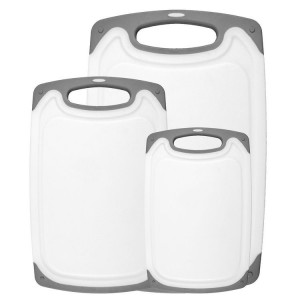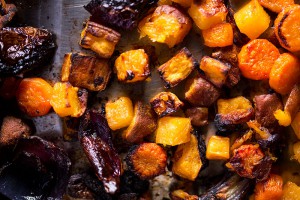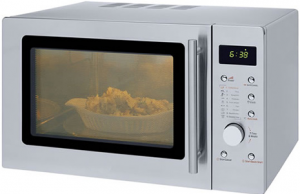
There is always this debate on what is organic and oh organic foods are so expensive? in the third and last blog of the series on how we consume foods that can be hazardous to our health due to various reasons, in today’s blog we talk of is organic food a strict requirement to eat healthily?
Please keep in mind that we are in no way trying to say that consuming organic food is not necessary. This blog here is purely intended to give you an insight into those fruits and veggies that you don’t necessarily have to buy organic if you are planning to cut down on your expenditure. It is no secret that organic food is expensive, with a steady rise in demand for organic produce, the prices are hiking relatively. We live in a world where almost every conventionally produced food item comes adulterated with many chemicals and pesticides. The silver lining is that there are still some edibles out there which are least likely to be contaminated with pesticide residues. So if budget is a concern, you can buy the conventional production of these food items.
- Avocados
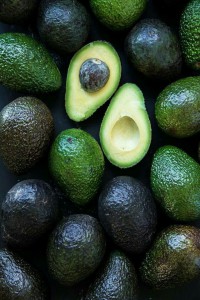
For all the guacamole lovers out there, rejoice. Avocados have very little pesticide residue on it. This makes avocados a safe conventional product to consume.
- Sweet Corn
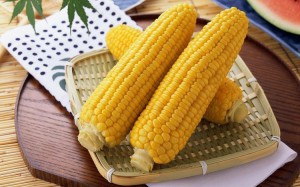
Worried of pesticides? Sweet corn is a very safe option to choose from among conventional produces. It is one of the cleanest foods you can buy.
- Pineapples

My personal favourite, we all love Pineapples, don’t we? The thick skin absorbs most of the pesticides residues used on pineapples. Don’t let your budget shadow your love for pineapples. Buy them conventionally.
- Papayas
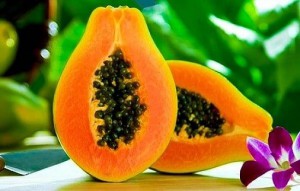
It’s hard to imagine your fruit salad without papayas. That would be like The Beatles without McCartney. You need not worry, a large percentage of papaya generally come with no pesticide residues in them. And hence, it is a very safe option to choose from conventional foods.
- Cabbage
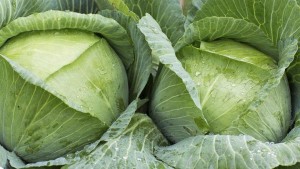
I’m surprised to find cabbage in the list. Their leafy exterior is bound to have pesticide residue, but that isn’t the truth. Apparently, the leafy exterior tends to leave a very little residue, making cabbage a safe conventional produce to consume.
- Onions
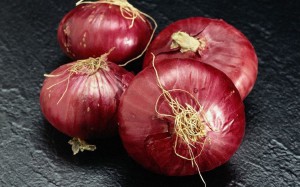
As we all know, cutting an onion literally brings you to tears. Cultivators tend to use fewer pesticides on Onions because not a lot of pests try to mess with onion due to their lethal defensive mechanism.
